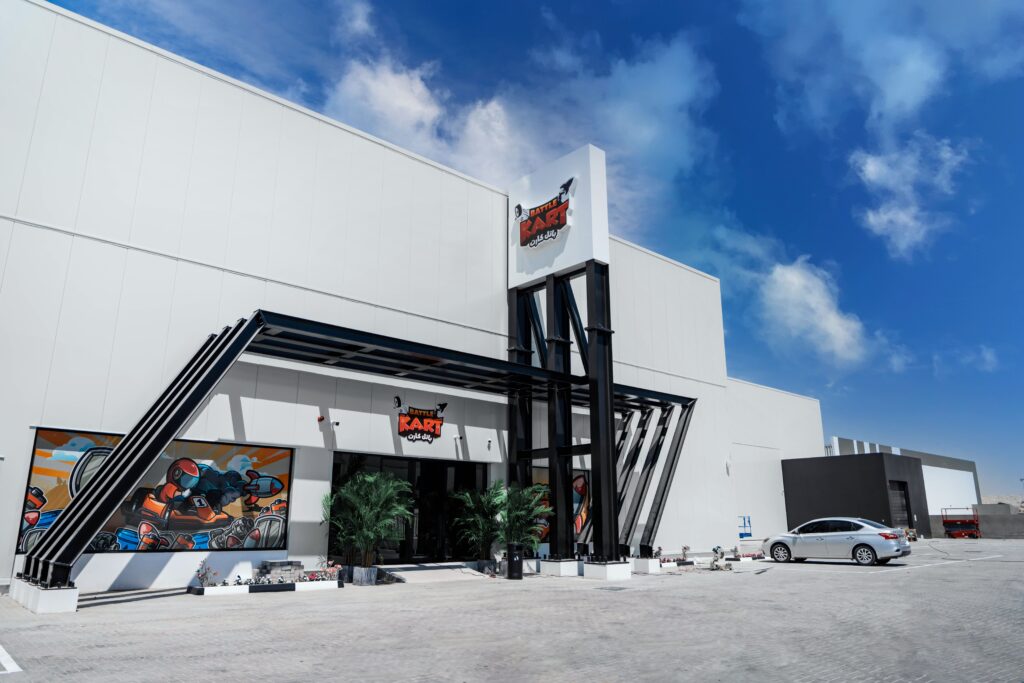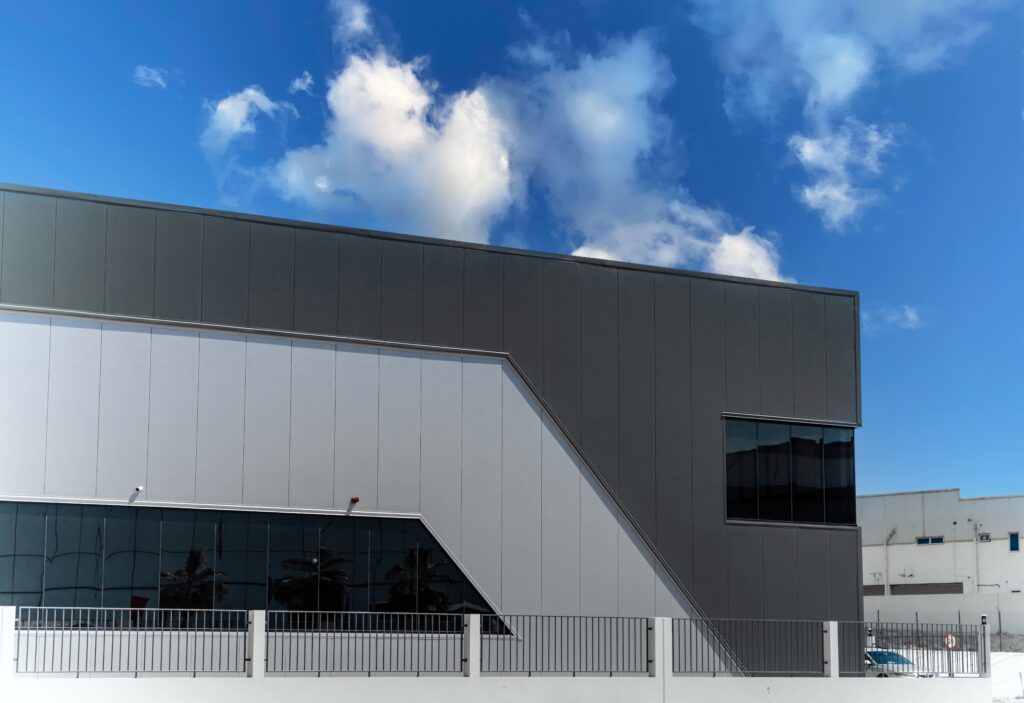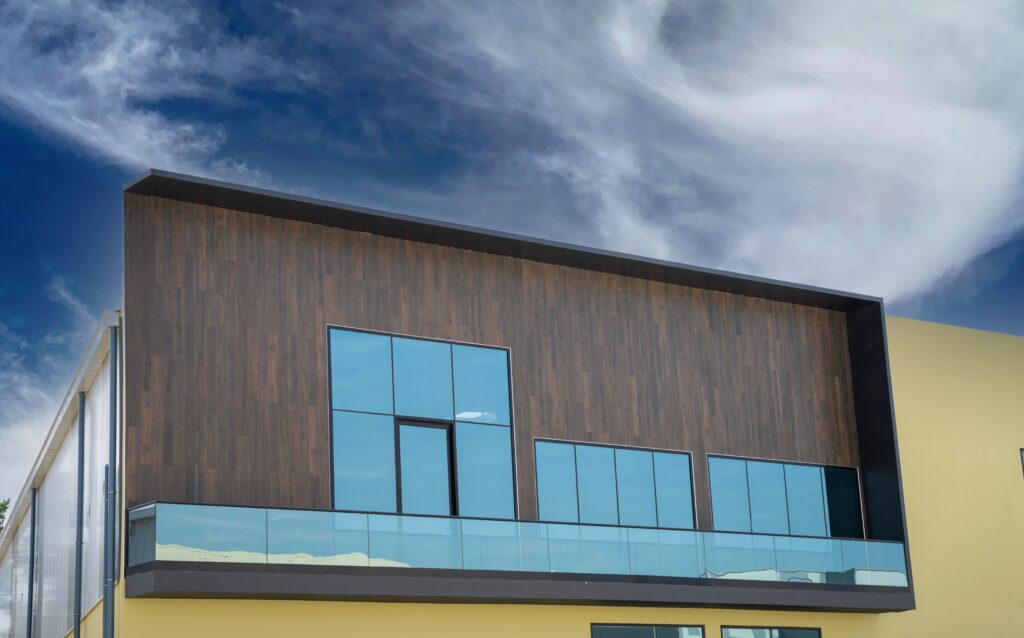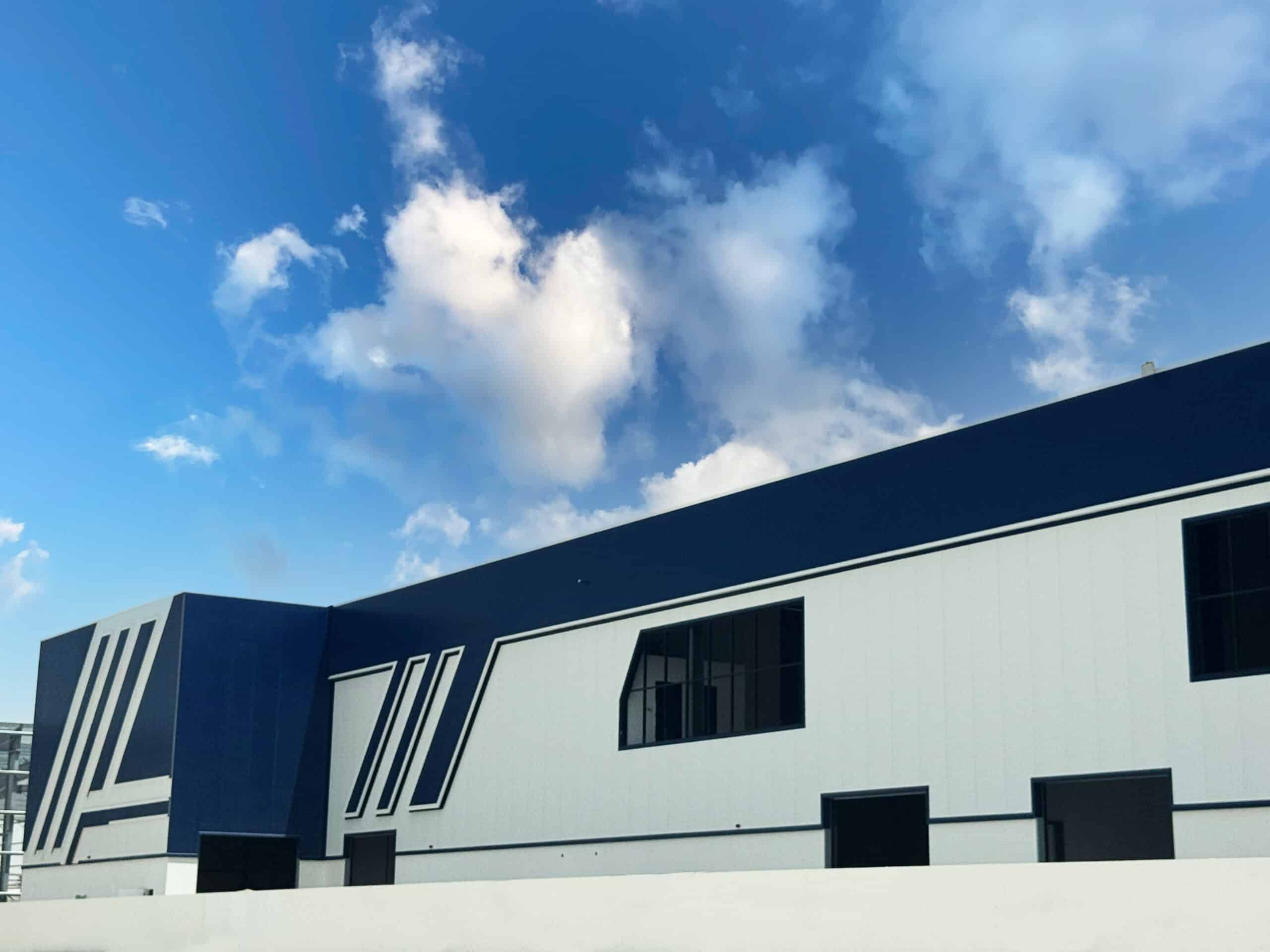Introduction
Constructing buildings in hot and dry climates—such as deserts or arid regions—demands more than just aesthetic considerations; it requires thoughtful use of building materials used in hot and dry climate conditions. These materials must withstand extreme temperatures, low humidity, and intense solar radiation while maintaining indoor comfort. As the global focus shifts towards sustainability, the construction industry is increasingly turning to climate-resilient solutions and smarter material choices to meet these challenges head-on.
According to a report by Future Data Stats, the global green building market was valued at USD 565.56 billion in 2023 and is projected to expand at a compound annual growth rate (CAGR) of 24.4%, reaching USD 1,260.51 billion by 2030. This significant growth underscores the increasing demand for sustainable and energy-efficient building solutions, particularly in regions facing harsh climatic conditions.
In this article, we’ll delve into the most effective building materials and strategies tailored for hot and dry climates. From high thermal mass materials to innovative passive cooling techniques, we’ll explore how modern construction can harmonize with the environment, ensuring comfort and efficiency without compromising on sustainability.
Building Materials Used in Hot and Dry Climate
Common Challenges in Hot and Dry Regions
In hot and dry areas, buildings face relentless sun, minimal rainfall, and extreme temperature swings between day and night. The biggest challenge is to keep interiors cool during the day and warm at night—without cranking up the AC 24/7. That’s why traditional architecture in places like the UAE often includes features like thick walls, shaded courtyards, and small openings.
Traditional Building Techniques and Cultural Influences
Older construction in the Middle East and North Africa used mud bricks, adobe, and stone—all excellent at insulating from heat and holding onto cool night air. These time-tested solutions are still relevant today. A great example is Mashrabiya screens, used to provide shade and allow airflow in traditional buildings, especially in regions like Dubai and Abu Dhabi.
Energy Efficiency and Thermal Comfort Requirements
Modern civil construction must meet new standards for comfort and efficiency. Passive cooling, reflective materials, and sustainable bricks with high thermal mass are now standard recommendations for architects. With rising interest in Smart Construction Technology, many projects now integrate material selection directly into Building Information Modeling (BIM) and HVAC installation planning.
Read our guide: Technological Advances In The Construction Industry

The Best Building Materials for Hot Climate
High Thermal Mass Materials: Stone, Brick, and Concrete
Materials with high thermal mass absorb heat during the day and release it at night. Concrete, brick, and stone are among the best building materials for hot climate regions because they buffer temperature swings and maintain a comfortable indoor temperature without relying on mechanical systems.
If you’re in Dubai or somewhere similar, these are ideal—especially when combined with proper civil construction planning.
Reflective and Light-Colored Surfaces
Want to cut down on heat gain? Use reflective paints, tiles, and coatings on walls and roofs. Light-colored materials reflect sunlight instead of absorbing it, keeping the interior cooler. Some steel construction companies in UAE use white roofing sheets and ventilated panels to reduce heat retention in large buildings.
This goes hand-in-hand with the use of roofing materials for hot climates, such as:
- White clay tiles
- Metal roofing with reflective coating
- Terra cotta and ceramic
- Slate roofing with ventilated underlayers
Eco-Friendly and Low-Embodied Energy Materials
There’s a growing push for sustainable building materials for hot and humid climate zones too. This includes materials like:
- Stabilized earth blocks
- Fly ash bricks
- Recycled concrete
- Low-VOC paints
- Locally sourced sustainable bricks
These materials don’t just perform well—they also reduce the environmental impact of construction. Many new Smart City developments across the UAE and India prioritize these materials in their urban planning.
The Best Building Material for Cold Climate
Let’s switch gears for a moment. What if you’re building somewhere chilly?
Insulated Wall Systems
For cold climates, you want to keep heat in. The best wall material for hot climate focuses on repelling heat—but for cold, you’ll need the opposite: insulated panels, thermal foam layers, and multi-layered facades.
High Solar Gain Windows
South-facing double-glazed or triple-glazed windows are excellent for trapping solar heat. They’re expensive, but worth it for energy efficiency.
Read our guide: How Does Green Energy Work
Timber and Composite Materials for Retaining Heat
Wood and composites like cross-laminated timber (CLT) are excellent insulators and offer a natural, breathable feel that retains warmth well. These are perfect for cabin-style homes and alpine builds.

Passive Design Elements Enhancing Material Performance
Role of Ventilated Cladding and Insulated Facades
Cladding isn’t just for aesthetics. In hot climates, ventilated cladding creates a barrier between sun and structure, using airflow to reduce surface temperature. Likewise, insulated facades stop heat from penetrating into the building’s core.
Combine these with smart HVAC installation, and you’ve got a system that only kicks in when truly necessary—saving on energy bills.
Integrating Shading Devices with Exterior Materials
Pergolas, louvers, and screen panels work best when designed as part of the facade system. For example, installing shading over south-facing windows reduces heat gain while still letting in natural light. These are perfect integrations for smart city infrastructure too.
Innovative Approaches to Sustainable Material Use
Use of Salvaged and Locally Sourced Materials
Using reclaimed wood, stone, and recycled steel can significantly reduce construction’s carbon footprint. Plus, locally sourced materials cut down on transportation emissions—another win for sustainable construction.
Many steel construction companies in UAE now include sustainability KPIs in their material selection processes. This trend is only growing, especially with increasing LEED and Estidama certifications in the Gulf region.
Role of BIM in Material Selection and Efficiency
Here’s where tech meets construction: Building Information Modeling (BIM) allows architects and engineers to simulate building performance before construction starts. That includes how different materials will affect temperature, moisture, and even cost over time.
Pair BIM with MEP (Mechanical, Electrical, and Plumbing) analysis—yes, that’s the MEP full form—and you get an integrated view of how systems interact with materials. Make sure that you are working with a MEP Contracting Company that is reputable.

Conclusion
In hot and dry climates, where the sun is relentless and moisture is scarce, your choice of building materials is a direct investment in comfort, sustainability, and energy efficiency. From high thermal mass materials like stone and concrete to light-reflecting surfaces, eco-friendly bricks, and ventilated cladding, each element plays a role in controlling indoor temperature, reducing energy demand, and enhancing long-term building performance.
We’ve explored how traditional techniques like courtyards and Mashrabiya screens continue to influence modern sustainable design, especially in regions like the UAE, where steel construction companies and Smart City initiatives are at the forefront of innovation. And by pairing these material strategies with smart systems—like HVAC installation, passive cooling, and MEP-integrated planning—builders and designers can create structures that are as efficient as they are enduring.
Ultimately, the best building materials for hot climate environments aren’t just about withstanding the heat—they’re about using climate as a design advantage. When sustainability, local context, and modern technology come together, you get buildings that don’t just survive the climate—they thrive in it.
Whether you’re in civil construction, working on a Smart City concept, or just choosing the best roofing materials for hot climates, remember: the materials you choose today shape how people live tomorrow.

